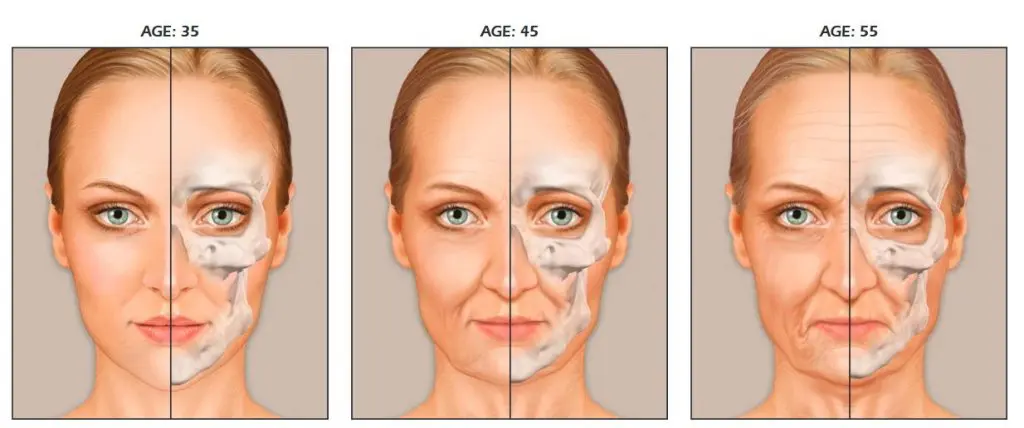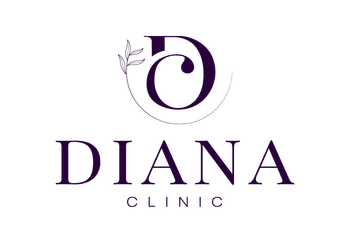Aging affects everyone differently, but there are common factors that influence how our faces change over time. These factors include facial shape, genetics, and lifestyle choices such as smoking, sun exposure, excessive exercise, and pollution. Understanding these aspects can help us better manage and treat the signs of aging.
1) Skin Thinning and Laxity
As we age, our skin becomes thinner and less elastic. This is due to a decrease in collagen and elastin production, combined with reduced moisture retention. As a result, skin starts to droop and form wrinkles, furrows, and fine lines. To combat these issues, a specialized skin care regimen is essential. Treatments like Rejuran I or Juvelook can help thicken and tighten the skin, restoring a more youthful appearance.


2) Dynamic Lines from Muscular Contraction
Wrinkles are often caused by repeated muscle movements, such as frowning or smiling, which create creases in the skin. Over time, facial muscles strengthen while collagen and elastin weaken, leading to more noticeable wrinkles. To address this, a combination of a targeted skin care routine and injectable neuromodulators can soften muscle contractions. Additionally, resurfacing treatments like lasers and microneedling can further repair existing wrinkles and improve skin texture.

3) Volume Loss from Fat
In addition to bone loss, aging causes facial fat pads to shrink and shift. This can lead to deep tear troughs, flat cheeks, and thin lips, contributing to a tired and aged appearance. Restoring this lost volume with appropriate fillers can help maintain the youthful fullness of the face.

4) Volume Loss from Bone
Aging also leads to a reduction in facial volume due to the shrinkage of the bony facial skeleton. This loss of structural support results in changes such as depressed temples, sunken eyes, and a less defined facial structure. Restoring lost facial volume with treatments like hyaluronic acid fillers and biostimulatory fillers such as Lenisna and Rejuran S can rejuvenate the face and provide necessary support.

5) Skin Pigmentation and Aging
As we age, pigmentation issues become more common. These can include solar spots, keratosis, darkening of the skin, uneven skin tone, and melasma. There are several reasons for these changes:
1. **Chronic Sun Exposure:** Long-term exposure to the sun can lead to various pigmentation issues, such as solar spots and melasma.
2. **Dry Skin:** Aging skin tends to become dryer, which can increase irritation and lead to darkening of the skin.
3. **Unhealthy Skin Care Products:** Prolonged use of low-quality or inappropriate skin care products can result in hyperpigmentation and other skin conditions.

TRIAGLE OF AGING

That being said, aging is not caused by a single factor; rather, multiple processes occur simultaneously, with some being more pronounced than others. Typically, the primary 'concerns' or complaints revolve around general appearance, such as an angry expression or a tired look
Common COMPLAIN / CONCERN Regarding Facial Aging:


Facial aging is influenced by various factors, including genetics and lifestyle choices. By understanding these changes and using appropriate treatments, it is possible to maintain a youthful appearance. A combination of skin care regimens, injectable treatments, and resurfacing procedures can effectively address the signs of aging. Consulting with medical aesthetic specialists can help you choose the right treatments to achieve your desired results and age gracefully
